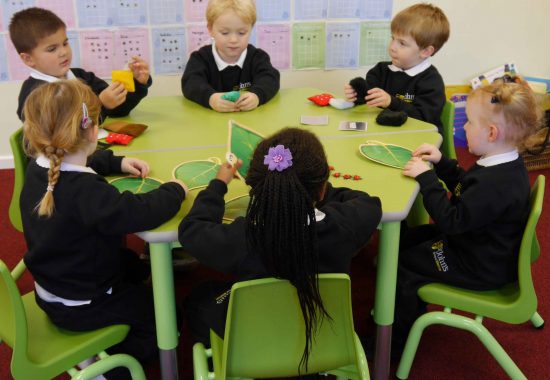During your child’s time in the Junior School at St John’s, they will be encouraged to work independently, become adaptable to a variety of situations and behave appropriately and respectfully of others.
We promote confidence and acceptance throughout the Junior School and have high expectations for children’s presentation, work ethic, homework and behaviour.
We have a wide and varied curriculum which aims to cater to the individual needs of each child, with setting occurring throughout the Junior School in English and Mathematics. Class sizes are a maximum of 20 children and we are able to treat children’s progress on an individual basis.
We also offer guidance and support for those more able children who would like to enter the 11+ examination; offering support during the school timetable and a lunchtime club during Upper 2/ Year 5.
Children in the Junior School benefit from specialist teachers and facilities in subjects such as PE/Games, Art, Music, Computing, French and Spanish in Lower 3. Yr 6.
At St John’s pupils are assessed using NFER assessments and do not undertake the government SATS. NFER examinations offer an age appropriate level of challenge and have been stare standardised with over 60,000 pupils to ensure accurate benchmarking data. The outcome of these tests are directly comparable to SATS assessments, taken nationally, at the end of Key Stage 1 (Upper Kindergarten/ Yr 2) and the end of Key Stage 2 (Lower 3/ Yr 6). Pupil’s at St John’s sit the NFER examinations twice yearly and have the added benefit of being able to use levelled exams twice yearly from Lower Kindergarten (Year 1) right through to Lower 3 (Year 6). This enables us to track children’s progress during their time at St John’s and highlights areas of strength and any areas that need to be addressed. Our results at the end of Lower 3 (Year 6) are above national curriculum average, with many children far exceeding government expectations for children their age.
Our 2021/22 summer results were as follows;
English Comprehension
84% achieved or exceeded expected standards
38% exceeded expected standards
Mathematics
90% achieved or exceeded expected standards
46% exceeded expected standards







